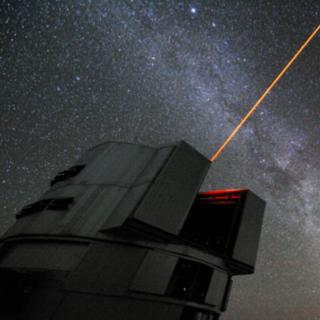Bibcode
Bellazzini, Michele; Magrini, Laura; Jones, Michael G.; Sand, David J.; Beccari, Giacomo; Cresci, Giovanni; Spekkens, Kristine; Karunakaran, Ananthan; Adams, Elizabeth A. K.; Zaritsky, Dennis; Battaglia, Giuseppina; Seth, Anil; Cannon, John M.; Fuson, Jackson; Inoue, John L.; Mutlu-Pakdil, Burçin; Guhathakurta, Puragra; Muñoz, Ricardo R.; Bennet, Paul; Crnojević, Denija; Caldwell, Nelson; Strader, Jay; Toloba, Elisa
Referencia bibliográfica
The Astrophysical Journal
Fecha de publicación:
8
2022
Revista
Número de citas
4
Número de citas referidas
4
Descripción
We use panoramic optical spectroscopy obtained with the Very Large Telescope/MUSE to investigate the nature of five candidate extremely isolated low-mass star-forming regions (Blue Candidates; hereafter, BCs) toward the Virgo cluster of galaxies. Four of the five (BC1, BC3, BC4, and BC5) are found to host several H II regions and to have radial velocities fully compatible with being part of the Virgo cluster. All the confirmed candidates have mean metallicity significantly in excess of that expected from their stellar mass, indicating that they originated from gas stripped from larger galaxies. In summary, these four candidates share the properties of the prototype system SECCO 1, suggesting the possible emergence of a new class of stellar systems, intimately linked to the complex duty cycle of gas within clusters of galaxies. A thorough discussion of the nature and evolution of these objects is presented in a companion paper, where the results obtained here from the MUSE data are complemented with Hubble Space Telescope (optical) and Very Large Array (HI) observations.
Proyectos relacionados

Evolución Galáctica en el Grupo Local
La formación y evolución de galaxias es un problema fundamental en Astrofísica. Su estudio requiere “viajar atrás en el tiempo”, para lo cual hay dos enfoques complementarios. El mas extendido consiste en analizar las propiedades de las galaxias a diferentes distancias cosmológicas. Nuestro equipo se concentra en el otro enfoque, denominado
Emma
Fernández Alvar